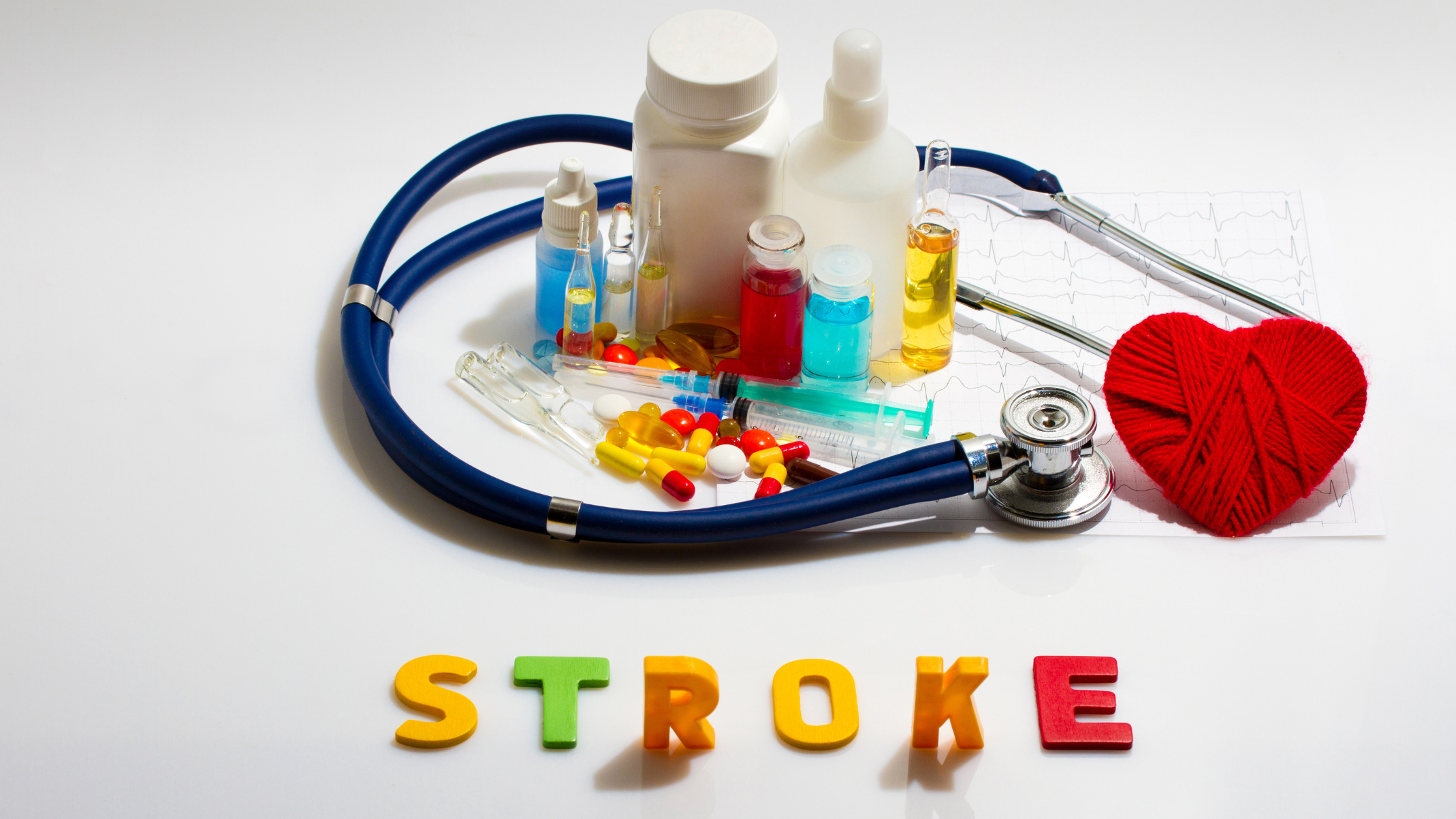Stroke Prevention: The Latest Guidelines to Slash Your Risk
Written by TYE Medical on Nov 18th 2024
Stroke is the fourth leading cause of death in the U.S., according to 2023 CDC stats. More than half a million Americans have a stroke each year. But most strokes, up to 80%, can be prevented, and new guidelines provide key insights into how to accomplish just that.
The American Stroke Association (ASA) published its first new stroke prevention guidelines in 10 years. These guidelines offer science-backed recommendations for individuals and doctors that offer a better understanding of risk factors for stroke and underlying causes. Additionally, new drugs are touted for their ability to help reduce stroke risk.
Here are some highlights from the ASA’s most recent stroke prevention guidelines.
What Is a Stroke?

The word is frequently used but often not clearly defined. A stroke occurs when either blood flow to part of the brain is blocked or if a blood vessel in the brain ruptures or bursts. In either case, the brain is deprived of necessary oxygen, leading to some degree of brain damage. The result can be varying levels of difficulty thinking, walking, or talking. Sometimes death occurs, depending on the severity of oxygen deprivation to the brain.
Three common stroke symptoms include:
- Arm weakness
- Face weakness
- Difficulty speaking
You can use the acronym “FAST” to help you remember that symptoms affect the face, arm, speech, and mean time is critical. If you notice someone with any of these symptoms, it’s crucial to act quickly. Brain damage can happen in a matter of minutes, but if treated promptly, the damage can be limited. Call 911 right away.
Stroke Prevention Guideline 1: Eat a Healthy Diet

Risk factors for many health conditions can be eliminated or reduced by eating a nutritious diet, so it is no surprise to find that this also reduces stroke risk. High cholesterol, high blood sugar, and obesity all increase your risk of stroke, but each of these factors improve with a healthy and nutritious diet.
The new findings show that a “Mediterranean diet” has a notable impact on reducing stroke risk. This diet emphasizes vegetables, fruits, whole grains, olive oil, and lean meats. All of these food choices can keep cholesterol levels in a healthy range. Eating lean meats in moderation helps you limit saturated fat. This means that red meat is limited in preference for poultry, fish, seafood, nuts, and beans.
It’s also important to limit highly processed foods and drinks, especially those with loads of added sugar. Abiding these dietary changes not only lowers your cholesterol but also helps you lose or maintain weight.
High cholesterol can lead to heart disease and clogged arteries that can block blood flow to the brain and trigger a stroke.
Stroke Prevention Guideline 2: Move Your Body
You can drastically reduce your risk of stroke by walking around for at least 10 minutes each day. Even if you can’t walk a mile or go to the gym, just moving your body for a brief time helps to push blood through your arteries and keep the passage a bit clearer to prevent blockages. More exercise is helpful, but doing something is far better than nothing. Regular exercise can also keep blood pressure lower, which can prevent bursting blood vessels in the brain.
But if you can do more, you should. The American Heart Association recommends at least 150 minutes of moderate aerobic activity a week or 75 minutes of vigorous activity. A combination of each also works. How you get the exercise isn’t a significant matter. Whether you choose to walk, workout at the gym, or run, the idea is that you are exercising enough to work your cardiovascular system and prevent increased cholesterol and blood pressure.
Stroke Prevention Guideline 3: Maintain a Healthy Weight (Even If Medication Is Necessary)

It probably goes without saying that adopting a healthy diet and regular exercise will help you maintain your weight. And obesity prevention is also key to staying stroke free. But what if diet and exercise aren’t enough? What if you also battle the complications that diabetes brings? The third guideline includes recommendations concerning a new class of approved drugs that puts new tools for weight management and stroke prevention at your disposal.
It’s now recommended that doctors consider prescribing these drugs to people with obesity or diabetes. They are are sold under the following brand names:
- Wegovy
- Ozempic
- Mounjaro
- Zepbound
Keep in mind that medications are designed for use with a healthy, nutritious diet and exercise and aren’t meant to replace these key factors.
Maintain Good Cardiovascular Health for All-Round Health

When you aim to do your part to maintain stroke prevention, you’re boosting your health in many ways. You can reduce your risk of a slew of health problems by following these three major guidelines:
- Eat a diet low in saturated fat and highly processed foods. Instead, enjoy a variety of produce, whole grains, and lean proteins.
- Maintain a habit of regular exercise, even if it’s just 10 minutes of movement daily. (But, aim for more if you can.)
- Maintain a healthy weight even if you have to employ recommended medications to gain an edge over obesity and diabetes. Be sure to talk to your doctor about the advantages and risk factors.
Don’t expect to see immediate results, at least not when it comes to the scale or blood tests. But give it some time, and soon you will not only see improved numbers but also feel better too.



